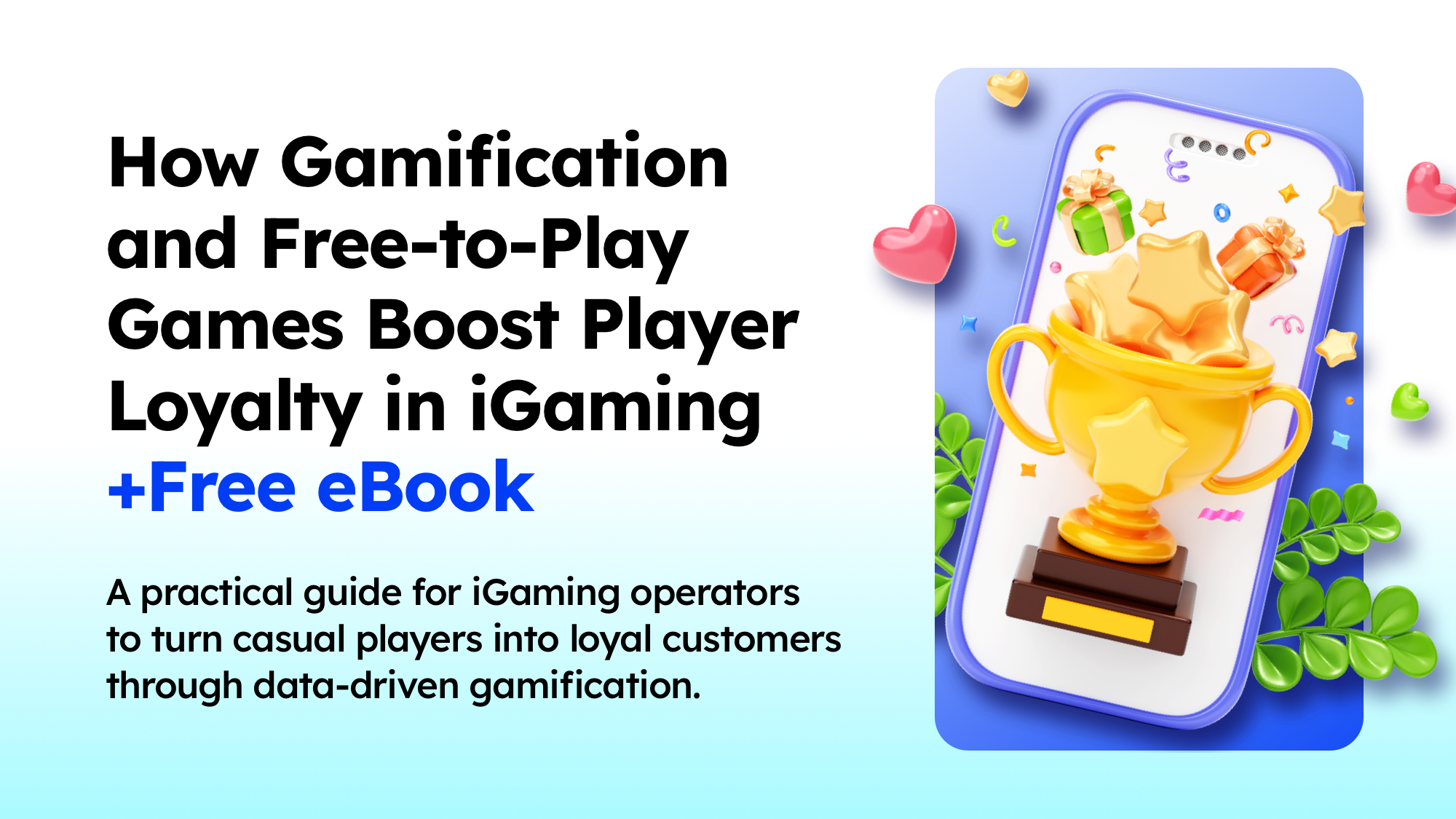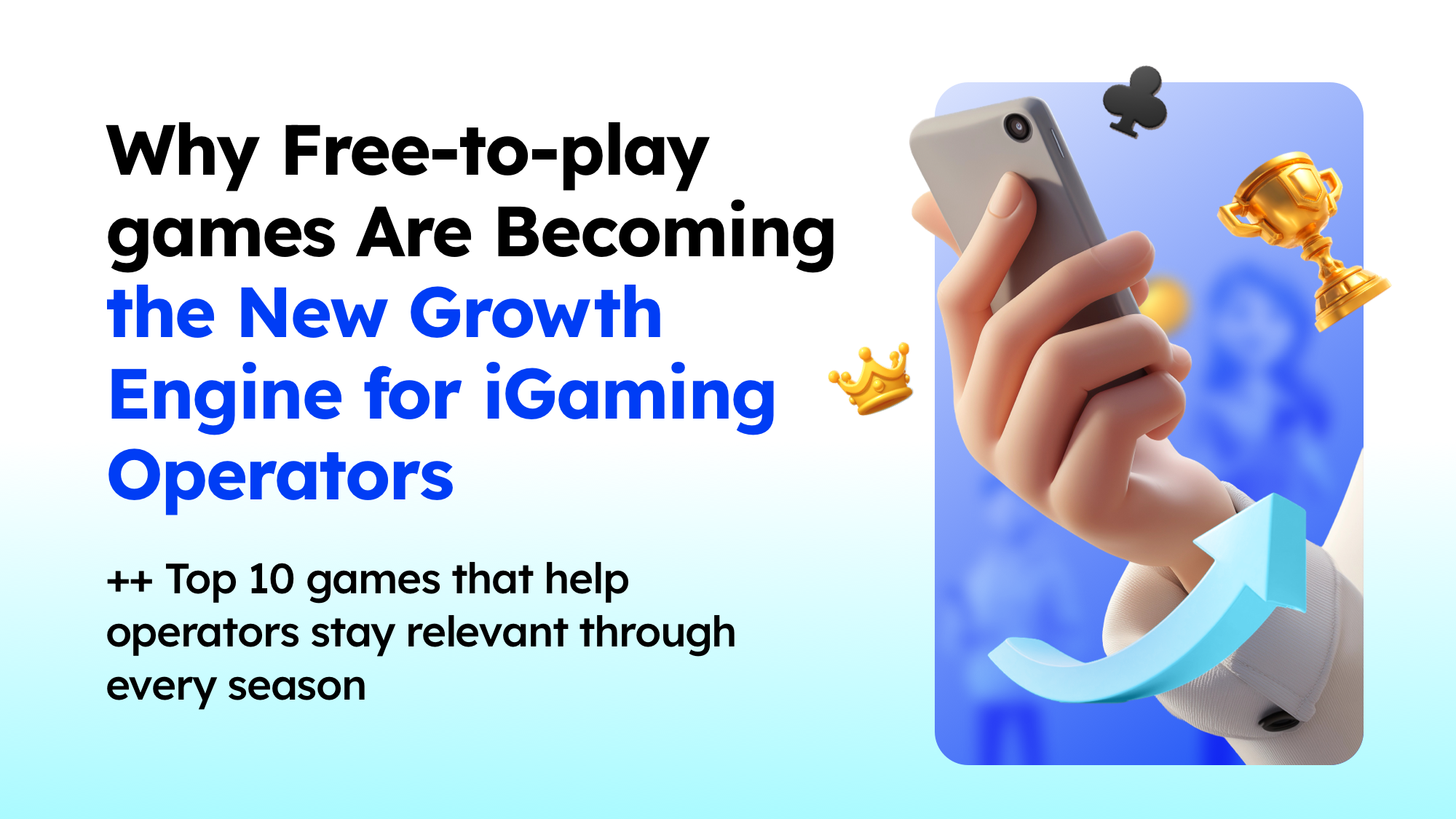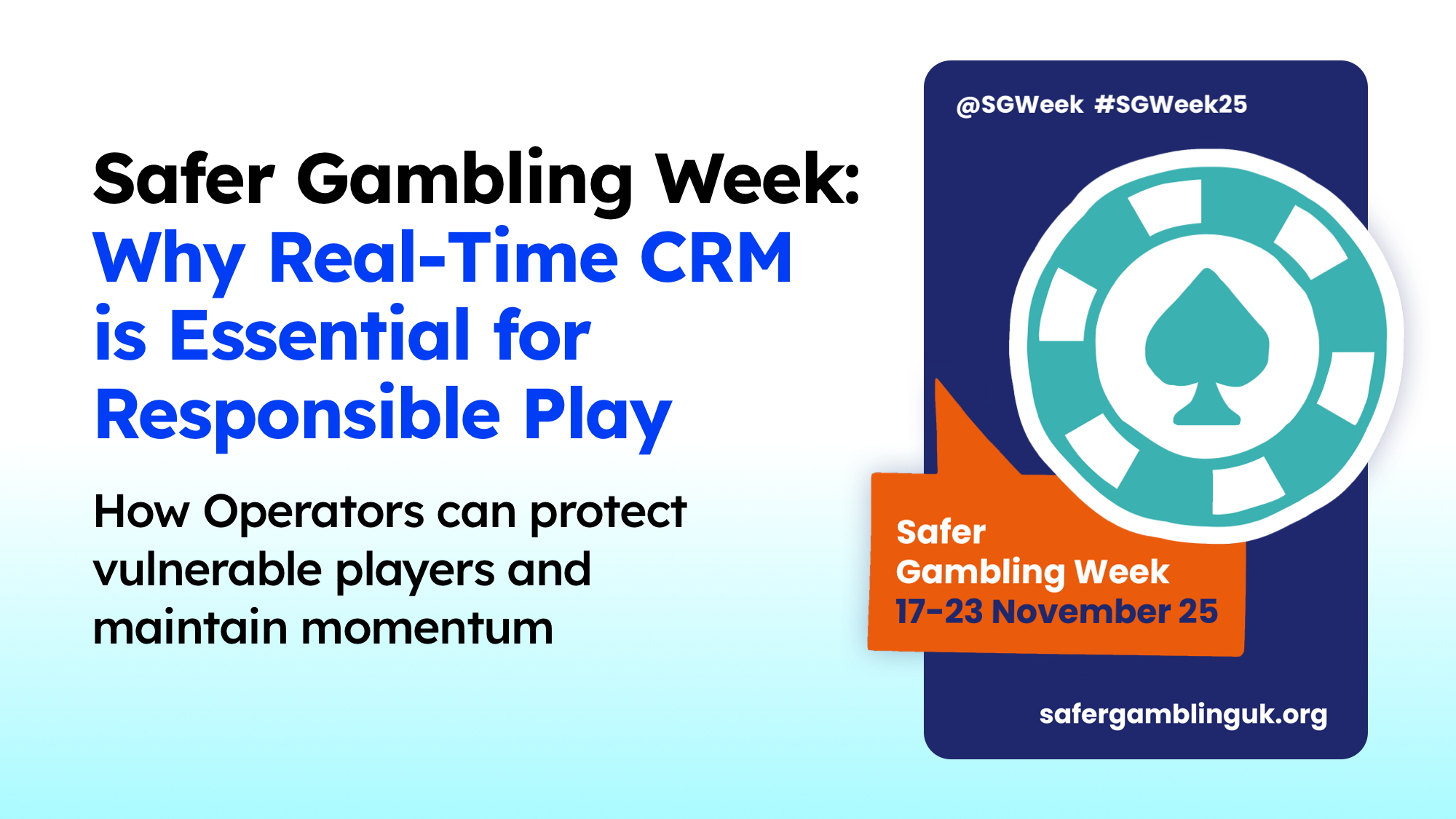All Articles
Category .svg)
.svg)
- All
- Blog post
- customer experience
- Apps
- email marketing
- in-app messaging
- iBeacon
- engagement
- Bank
- Gaming
- Consumer behavior
- fintech
- iGaming Business
- Apple
- apple push notifications
- CRM
- android push notifications
- audience targeting
- innovation
- Business Use Case
- Data Protection
- Digital Engagement
- Gambling
- android
- banking
- location marketing
- Case Studies
- EU
- GDPR
- GDPR legislation
- betting
- enterprise
- events
- global marketing
- Acquisition
- Infinity Engine
- brand identity
- branding
- consistent branding
- enterprise grade security
- Betting on Sports America
- Christmas
- McDonalds
- News
- advanced
- beacons
- benefits
- chatbots
- consumer journey
- customer
- ecommerce
- geofencing
- marketing
- 16 Handles
- Agentic AI
- BIG Fintech Media
- BOSA
- Barneys
- Coupon
- Customer hijacking
- Event
- GDPR Compliance
- Geo Fencing
- Google Tag Manager
- ICE 2019
- ICE London
- Immediacy
- Kenneth Cole
- ad revenue
- adverts.ie
- aibmobile
- airline
- airlines
- airports and proximity marketing
- aldiireland
- alerts
- amazon
- app
- app analytics
- app development
- app engagement
- app funnel analysis
- app marketing
- appstore
- audi
- beats
- best practices web push
- boi
- cart abandonment
- comedy central
- consumer wearables
- context
- daft
- donedeal
- dre
- dublinbus
- dublinwebsummit
- easy
- electric daisy carnival
- eoin moore
- fitness devices
- free
- general electrics
- genieconnect
- geofence
- google glasses
- gtm
- iOS11
- interactive notifications
- launch
- omnichannel

Dec 22 2025
2 min
How Agentic AI worked in 2025
As 2025 comes to a close, AI remains one of the most discussed (and possibly, misunderstood) topics in CRM. Over the past year, operators experimented heavily with automation, machine learning

Dec 22 2025
2 min
Higher UK taxation and the cost of complexity: Why unified CRM stacks matter more than ever
For UK operators, the end of 2025 was defined by pressure. Impending higher taxation, stricter regulation, and rising acquisition costs create the perfect storm to squeeze margins from multiple

Dec 22 2025
2 min
How Gamification Redefined CRM in 2025
While AI dominated headlines in 2025, another transformation unfolded quietly through games. Once viewed primarily as short-term engagement tools, gamified experiences increasingly became something

Dec 11 2025
4 min
How Gamification and Free-to-Play Games Boost Player Loyalty in iGaming (+ Free eBook)
The online gambling market is more competitive than ever. With dozens of operators vying for players’ attention, traditional marketing tactics (bonus drops, push notifications, flashy ads) are no

Nov 25 2025
7 min
Why Free-to-play games Are Becoming the New Growth Engine for iGaming Operators
Free-to-play games have evolved from fun add-ons to serious engagement drivers. But here’s the real shift operators are making today: F2P works best when it’s fully integrated with your CRM, not

Nov 21 2025
2 min
Safer Gambling Week: Why Real-Time CRM is Essential for Responsible Play
Safer Gambling Week is a reminder that responsibility and engagement don’t compete with each other. The operators leading the way today are the ones using technology to make safer play an active,









